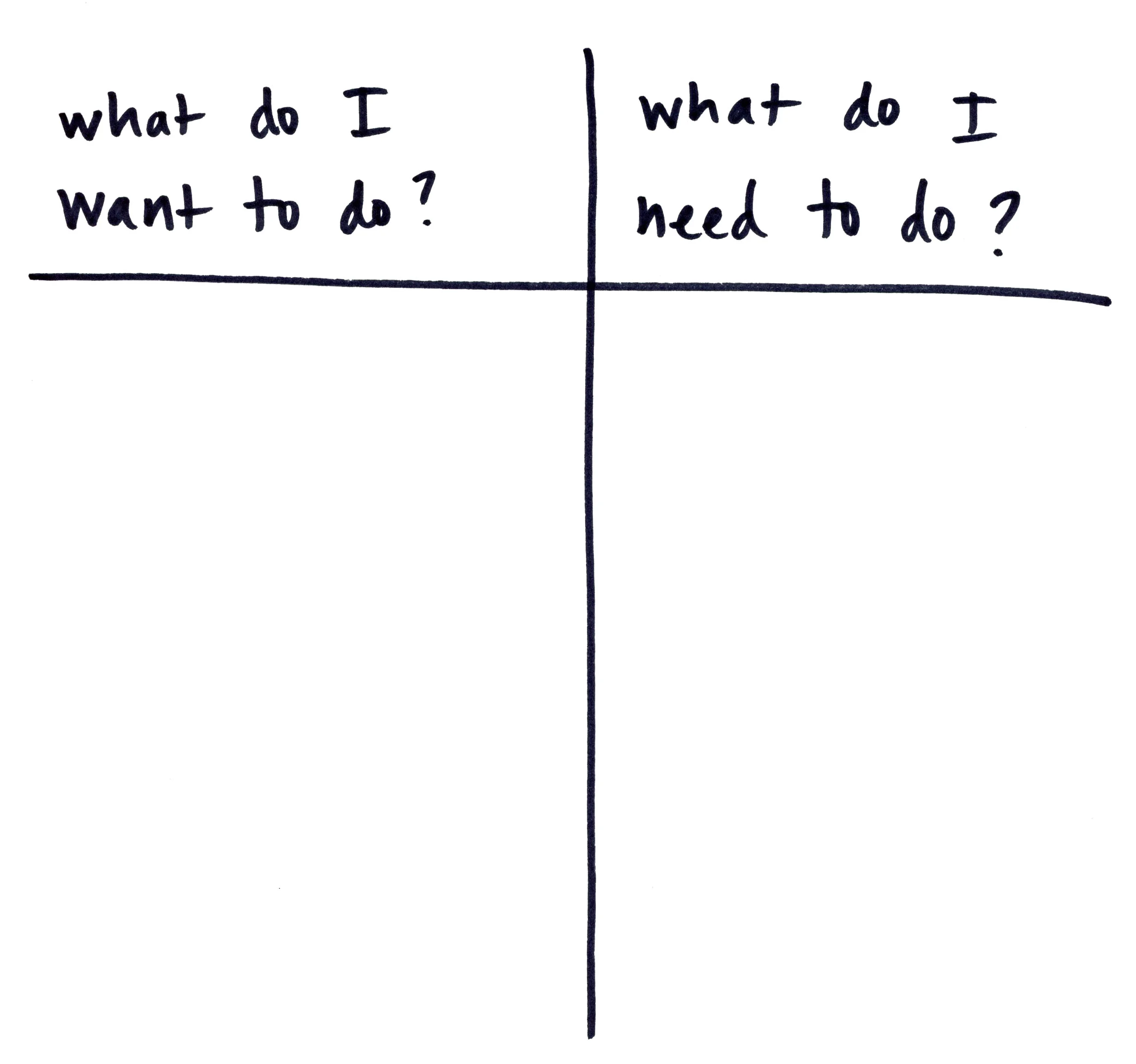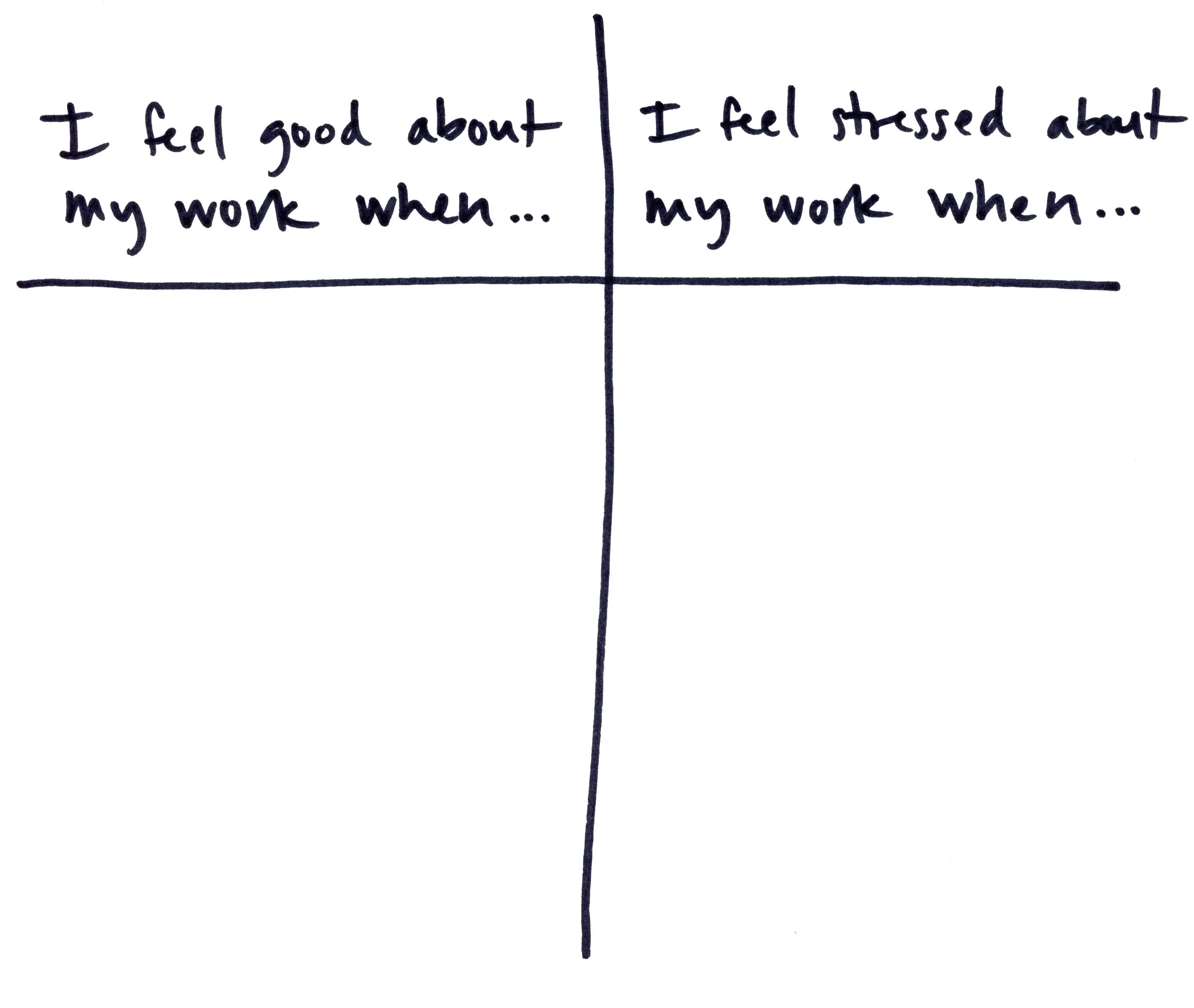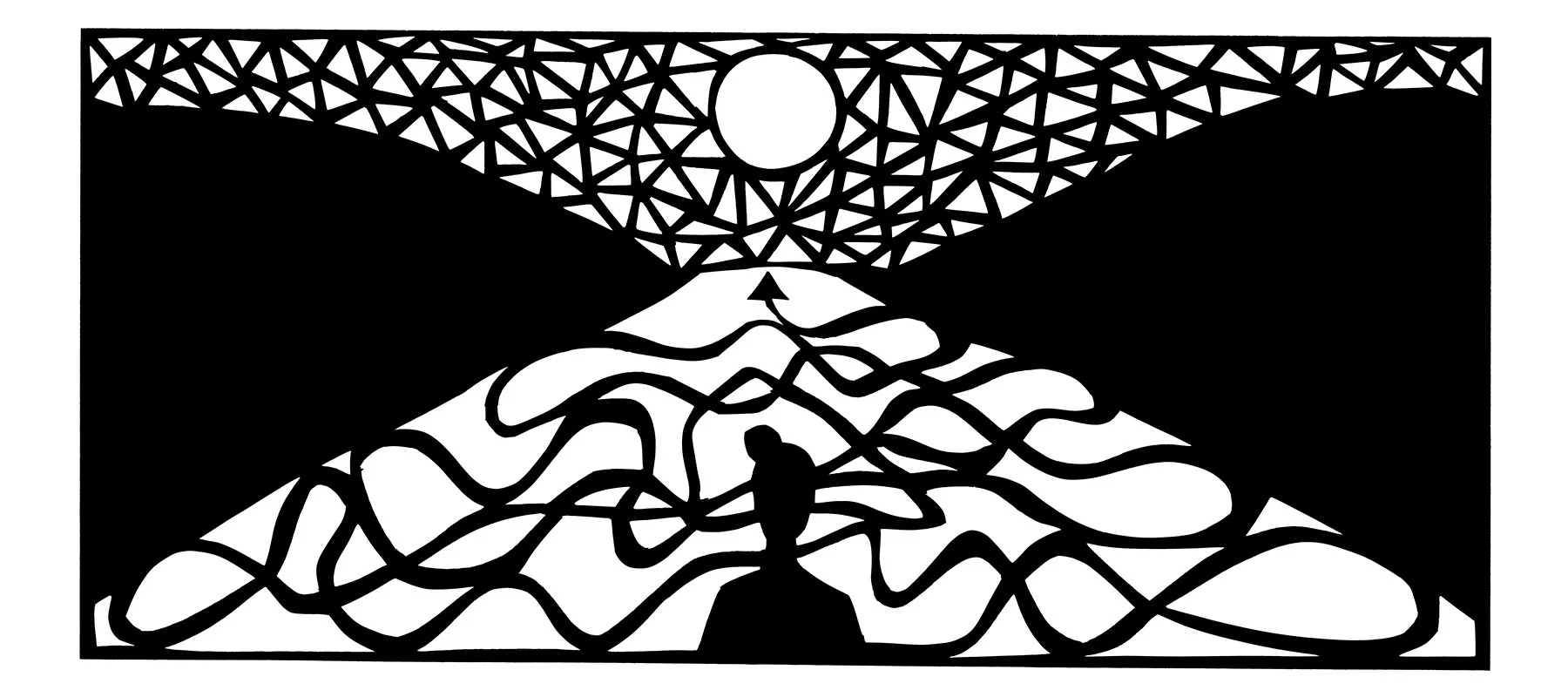A 2022 Roadmap with Room to Explore
- 23 December 2021
- ByAnna Brones

The end of the year can be a pretty frantic time. We’re trying to tie up all the loose ends while also coming up against our bodies’ need for hibernation and rest. It can feel hectic and chaotic, and all the while, we’re also thinking about moving forward.
If you’re feeling a little overwhelmed in all of this, or a little ungrounded, or just flat out tired, you’re not alone. As we close out the year, we need to create space for rest and rejuvenation, and listen to some of the cues that tell us to slow down.
But as business owners, artists, independent creators, freelancers, etc., we also know that we need to keep an eye on what’s coming down the line. Hiding under the covers in complete denial and avoidance of what’s ahead isn’t the best of plans, but neither is a superficially positive and productive approach to blast into the new year without taking a moment for a little breathing room.
Which brings us to our 2022 Roadmaps.

Earlier this year, I wrote about building a creativity roadmap and we’re going to take the same approach to bigger picture planning for 2022. When it comes to forward movement in our work lives, goals, bucket lists, and “checkpoints” can sometimes be more of a hindrance than a help, and therefore it can be more useful to consider goals like a compass and not like GPS. A roadmap is therefore not an outline of destinations in getting to an endpoint, or a straight route from point A to point B, but a map to understanding how you move along the way.
Begin By Taking a Break
Give yourself a bit of a winter break before diving into planning. You need breathing room. If we’re depleted, we don’t have the bandwidth for the creative thinking skills that are required for bigger picture thinking, and taking a break shouldn’t be seen as a luxury, but as essential. We function within a culture of productivity, so if you do have the power over your own schedules, it’s easy to get sucked into the “get things done” mindset. But as Anne Helen Petersen, co-author of Out of Office: The Big Problem and Bigger Promise of Working from Home, puts it, “At some point the brain and body says no.” Give yourself a bit of a winter break, whatever that looks like, so that you can come back refreshed and commit to some of this bigger picture thinking. Your future self will thank you for it.
Get in the Right Mindset
Allow yourself the luxury of time to work on your roadmap. Block out an entire day to devote to brainstorming, strategizing, and planning for the year ahead, or split it up into solid blocked-out chunks over a few days. Put it on your calendar and commit to it like you would an important meeting or conference. That means getting rid of distractions. Put on an email autoresponder. It’s often easier for us to clear our schedules and prioritize work for other people. Why not give ourselves the same treatment?
Reflect
An essential step in building a path forward is to understand the path that got you here in the first place, which requires reflection. Make some time for the three R’s: reflect, restrategize, and relax. Writer Brendan Leonard also has a great annual reflection practice to note down the five favorite moments of the year.
Next step: take a look at your finances. I know, this is not the fun part! But for most of us who work independently, not all of our income comes from one source and it’s important to know what’s sustaining your business.
Now for the final step: use these two elements of reflection to assess what you want to do versus what you need to do. Make two lists. The “want to do” category is all of those things that you either already do and get a kick out of, or haven’t done yet and want to be doing. The “need to do” category is for all the things that relate to sustainable income. Take a look at the two lists and see how they relate. You may find that there is some crossover.

Identify Priorities and Create Filters
Our amount of access to media and information is unprecedented. As small business owners and creatives, the internet facilitates a lot of things that we might not have been able to do even a decade ago. But it also means that we wear a lot of hats, and we often are struggling with the compulsion to Do All The Things. This is where we need a filter.
What do you want your priorities to be in the next year? What are the things that you want to commit more time to in the coming year? Take a look at your list of reflections of what felt good over the last year to help answer these questions.
This helps us to identify our own filters, which can be applicable in a variety of ways. Examples:
I loved teaching classes in the last year and I want to prioritize more teaching opportunities.
I enjoyed working on collaborative projects and want to prioritize more work with other people.
Understanding ourselves and what we want out of our businesses can allow us to say no to the things we know don’t fit, and it also might allow us to say yes to something surprising and unexpected that perhaps we had never considered before. A filter also helps us to identify what we want to devote time to. There are a variety of tools out there, and we don’t always need to use all of them. Ask yourself this: what helps you drive your business without depleting you?
Setting Boundaries and Taking Time for Rest
We started out this roadmap process by taking a break and it’s time to come back to it. I always laugh/cringe every time I see Adam J. Kurtz’s work/life balance graphic, and it’s a good reminder as to why we need to fight hard to set our own boundaries. This means boundaries for time working vs. time off, but it also means boundaries in how you work. It’s also important to remember that work is transactional. Even if we do something professionally that we like, it is not a vacation; we are still partially doing the work to put a roof over our heads and food on the table. We can, and should, set boundaries for that transaction.
Make a t-chart. On one side write, “I feel good about my work when.” On the other side, write, “I feel stressed about work when.” Take a look at the two lists and see what parallels you can draw. The boundaries you need to set are somewhere in those two lists, whether they are boundaries for use of social media, how much time you devote to client work versus personal projects, or how much time off you need to schedule for yourself.

Stay Flexible
Independent creative work requires flexibility by nature. We have to be open and curious enough to say yes, but also to have the wisdom to say no. We have to adapt and change. We have to be willing to try new things and experiment.
That means that we need to allow ourselves space for flexibility. We need to allow ourselves the room to make mistakes. We need to allow ourselves the time to try something new, even if it doesn’t pan out the way we anticipate.
This also means investing in your own flexibility. Particularly if you do client work, it can be easy to continually do work for other people without prioritizing your own work and creative process. How will you do that? Good examples of this are making a commitment to take a class every month to expand on a skill or learn a new one. It might be going to a talk or a presentation. It’s easy to put our heads down and work, but if we don’t take some time to look up every now and then we may miss an opportunity for growth and experimenting with some steps on a different path.
We live in a constantly changing culture and work economy, and 12 months from now we may be doing something different than what we are doing today. Invest in your own flexibility.

Onwards
There’s no one right way to strategize, no one right way to plan, and no one right way to execute. But we can all take a step back and look at the bigger picture, if only so that we can better invest in doing the work that we feel connected to, growing, learning, and evolving, and contributing to our communities.
23 December 2021
Words by:Anna Brones
- Share
